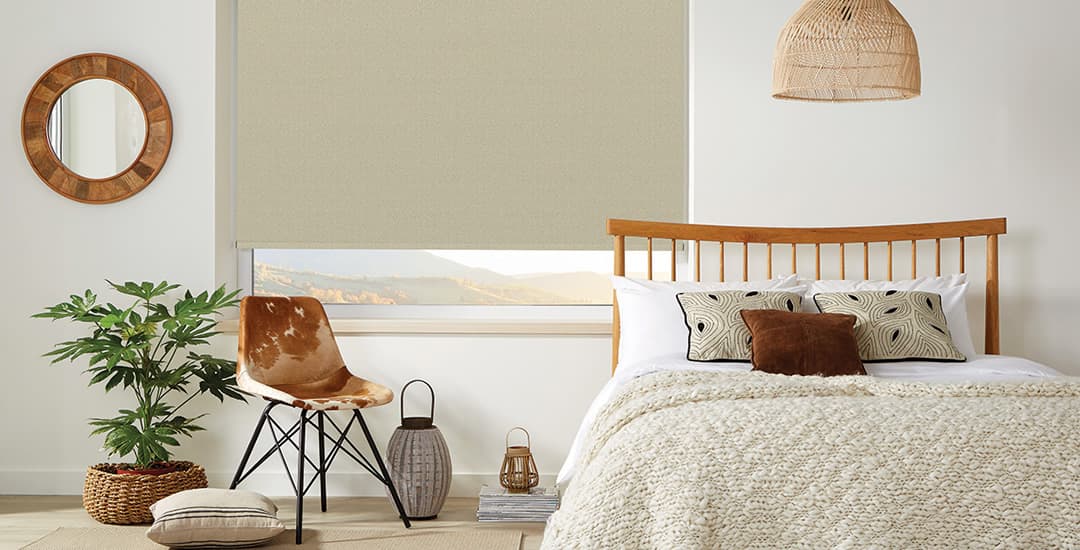
Which type of roller blind material will suit my room? Just to avoid any confusion before we get going with this one, in this specific context I mean “type” as in “type of material,” functionally; as opposed to in terms of colour, style, or design. If what you’re looking for is actually advice on which roller blind fabric will suit a room based on styling and design preferences, you’ll be wanting to open door number two instead.
Still here? Ok cool let’s go. “Which type of roller blind fabric will suit my room” depends what room you’re dealing with and the challenges it’s going to present to your blind. This might involve the need for a fabric to block light entirely, dim it out, or say, survive heat, humidity, and a toddler with a bath full of water, depending on what room you’re in.
This blog post will help to point you in the right direction in terms of what type of roller blind fabric to pick to ensure it is up to the task at hand; covering which type of roller blind fabric is best for a bedroom, bathroom, kitchen, living room, and home office respectively.
Which type of roller blind material is best for my bedroom?
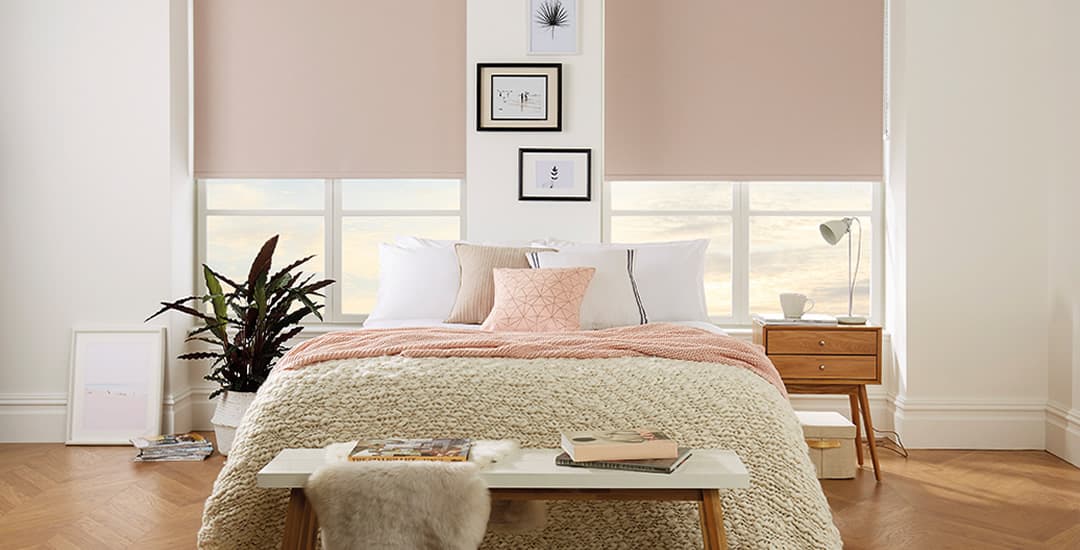
First up, chances are that what you want out of your bedroom roller blind is the ability to keep the sun out in the morning until you’re jolly well good and ready to deal with its nonsense. This means that blackout blinds for the bedroom are the most popular choice, followed next by dimout blinds; these allow light to filter through subtly as the sun rises, for those that prefer to wake up naturally but without risking losing a retina on summer days.
Another plus point in favour of blackout blind fabrics for bedrooms is that they’re thermally efficient, helping to insulate the room and keep the heat in during winter, and if left closed during the day in the summer, keep some of the external heat out when it’s hot too.
Blackout roller blind materials come in just as many colour and design options as dimout roller blinds, so you’ll be able to find something to suit even the most questionable of tastes.
Which type of roller blind material is best for my bathroom?
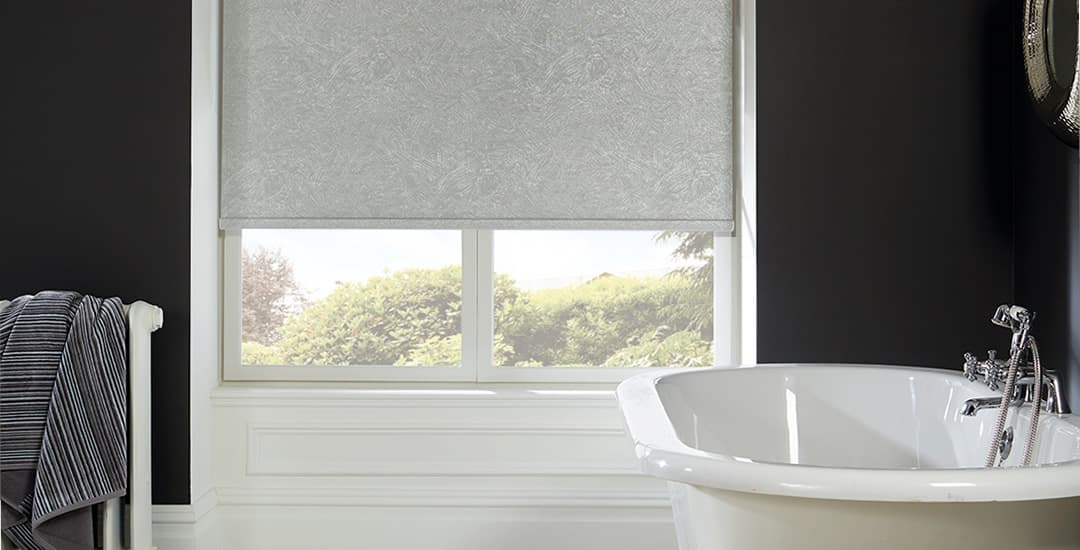
The key challenge for your bathroom roller blind is dealing with humidity and steam on a daily basis, and potentially (such as if your window is above the bath and you made the totally entry-level parenting mistake of getting bath toys for your kids) direct contact with reasonable amounts of water too.
This makes the best roller blinds for a bathroom those made of vinyl or PVC fabrics, both of which are mould-resistant, easy to wipe clean, and won’t develop tidemarks and water stains from splashes.
Bonus point: PVC and vinyl blinds are also by nature, blackout blinds, helping to insulate the often-draughty bathroom window too.
Are polyester roller blinds suitable for the bathroom? Generally not, because they’re not waterproof; that said, if you have a very well-ventilated bathroom and the blind isn’t close to the sink, shower, or bath (or jacuzzi if you’re fancy/haven’t renovated your bathroom since the 80s), you’ll probably get away with it.
Which type of roller blind material is best for my kitchen?
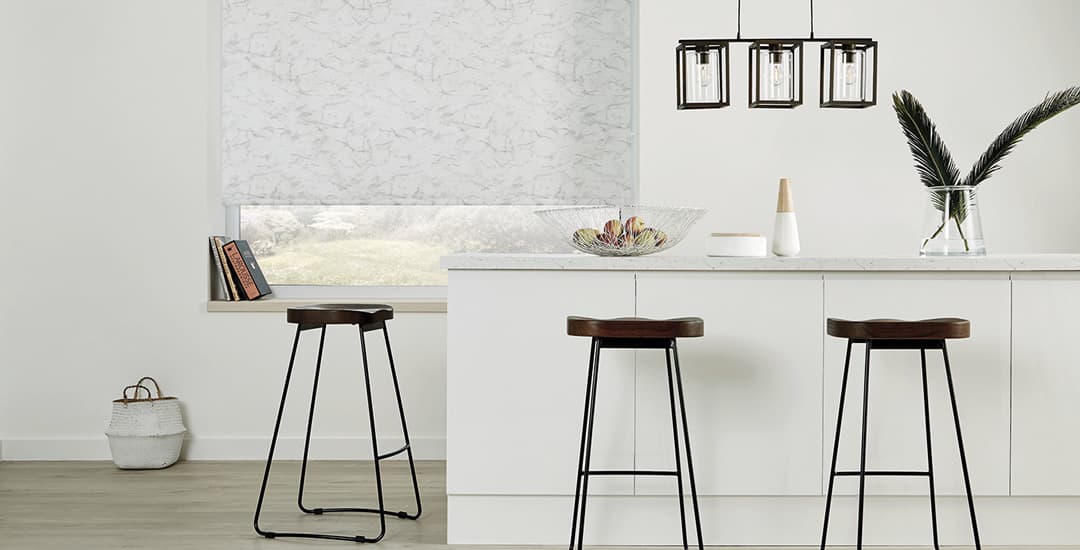
The kitchen is pretty much the most challenging room to deal with when it comes to picking the right roller blind fabric, because it has all of the challenges of the average bathroom plus a few more.
You have humidity, steam, higher temperatures when cooking, and fats/oils in the air, the latter of which will gunge up your blind and its operating mechanism over time, attracting dirt. If your kitchen window is above the sink, you also have to factor in the risk of the blind getting splashed with water too.
A lot of kitchens are pretty poorly ventilated as well, and if that’s yours and you do a lot of pasta, you’re probably already familiar with the sight of your kitchen windows running with condensation when you’ve finished cooking.
What roller blind material do you need for a kitchen then? Again, your PVC and vinyl are up to the task; they won’t mark and stain with water or humidity, they resist mould growth, and while they’ll probably need wiping clean more often than blinds in any other room due to the build-up of cooking grime, this is quick and easy; as is removing any splashes or splatters.
When it comes to polyester blinds for kitchens, the same caveats apply as with bathrooms; if the kitchen is large and well ventilated (or your idea of preparing dinner is opening a drawer full of takeaway menus) and the blind won’t get splashed with water or dinner, these are ok too.
Which type of roller blind material is best for my living room?
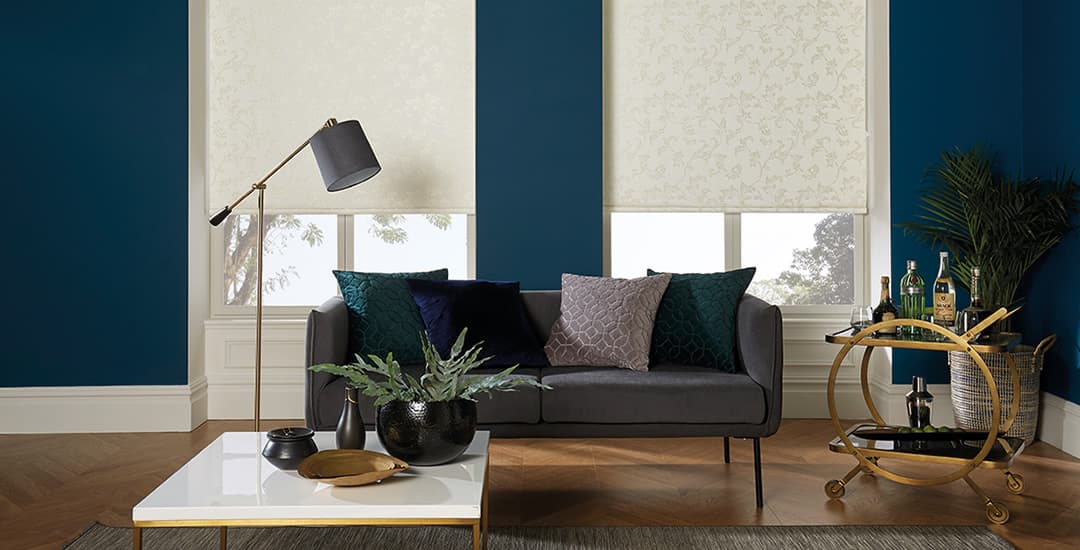
A living room or lounge roller blind doesn’t tend to have to deal with a lot of challenges, other than perhaps hearing some interesting language if you do a lot of gaming.
The average living room doesn’t suffer from a lot of moisture and humidity (albeit if you’re in an apartment with a kitchenette within the main room, perhaps approach things in the same way that you would when choosing kitchen blinds) and so you pretty much have your pick when it comes to fabrics.
If glare from the window affects your daytime tellywatching or gaming, a dimout blind will be fine to take the edge off this without removing your ability to judge the passage of time. Blackout blinds are another option too though, providing additional insulation and also having something of an edge if you are keen to exercise your afternoon napping muscles on the weekends.
Sheer fabric roller blinds are growing in popularity for living rooms too, and these provide privacy and diffuse the light, cutting glare without making everything feel dark and dingy. Sheer fabric roller blinds are a rather more stylish and modern alternative to the net curtains your nan uses for the same purposes, but they have more or less the same effect.
There’s no reason why you can’t pick PVC or vinyl roller blinds for your lounge if you wish to, but unless it does contain a kitchenette or perhaps a serving hatch/otherwise very close proximity to the kitchen and its steam and humidity, these aren’t likely to be needed.
Which type of roller blind material is best for my home office?
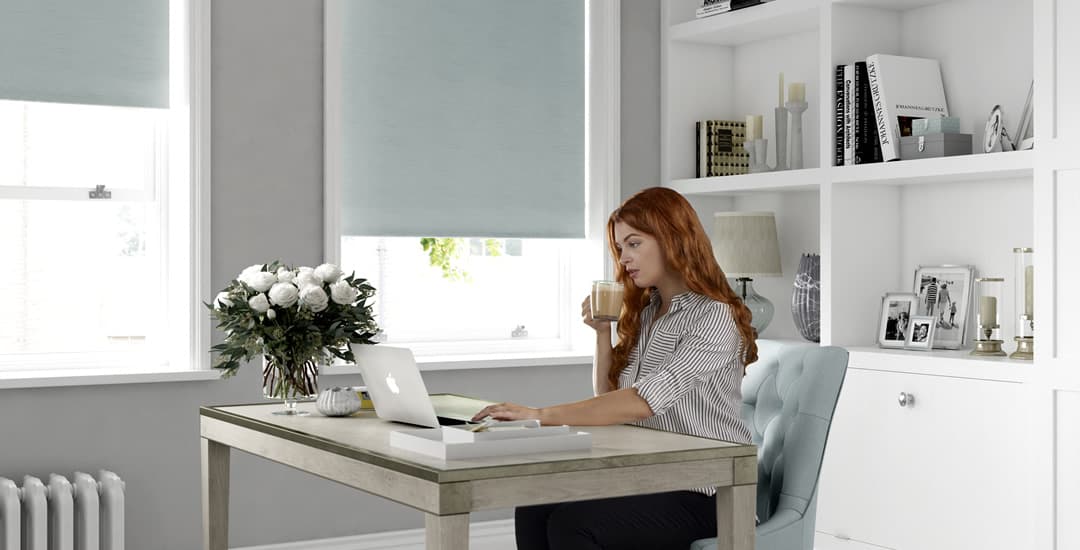
When it comes to a roller blind for a home office, you more or less have your pick of materials once more. Depending on how light hits the room and your own preferences, a blackout, dimout, or sheer roller blind could all be appropriate.
If you’re thinking “why on earth would anyone want a blackout blind for a home office?” that’s a fair question; and the answer is firstly because of its insulating properties, but also because if you do a lot of Zoom or use a projector, you may well want to knock out the natural light entirely and set up artificial lighting in the way that works best instead.
Also, honourable mention to the value of blackout blinds for a home office if you manage to sneak in the odd cheeky powernap between deadlines too.
What type of roller blind fabric is best for a playroom/dining room/study/panic room?
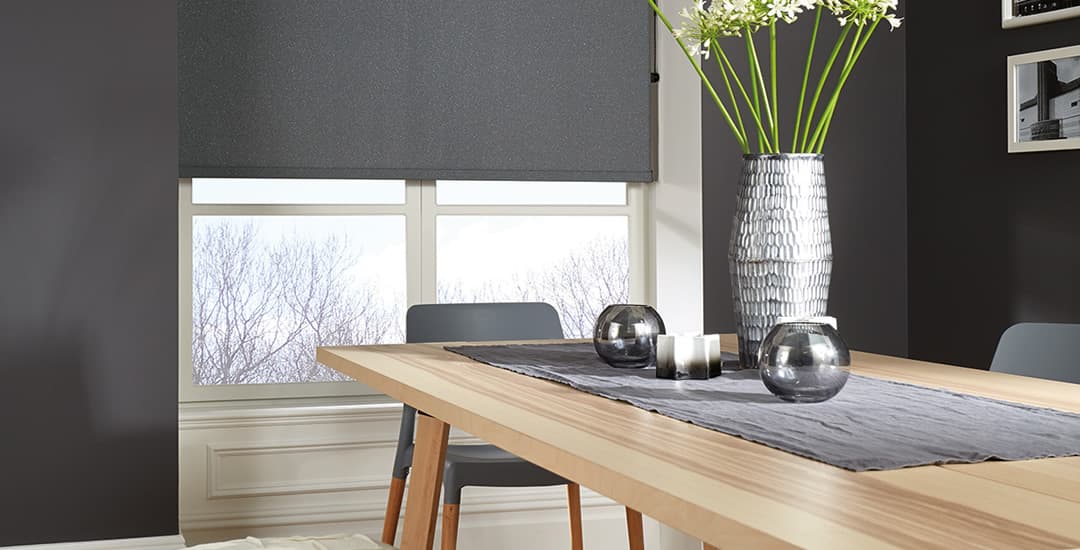
I’ve covered the five main applications of roller blinds here along with suggestions of the best fabric; roller blinds for other rooms that most of us mere mortals can only dream of having will potentially have other challenges of their own.
Either way, I can probably give you pointers if you have a specific or unique need to meet. Also, if you do need roller blinds for a panic room, you may be doing it wrong…




